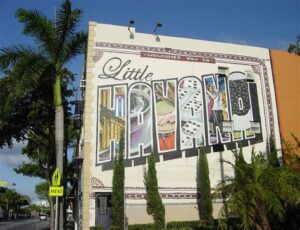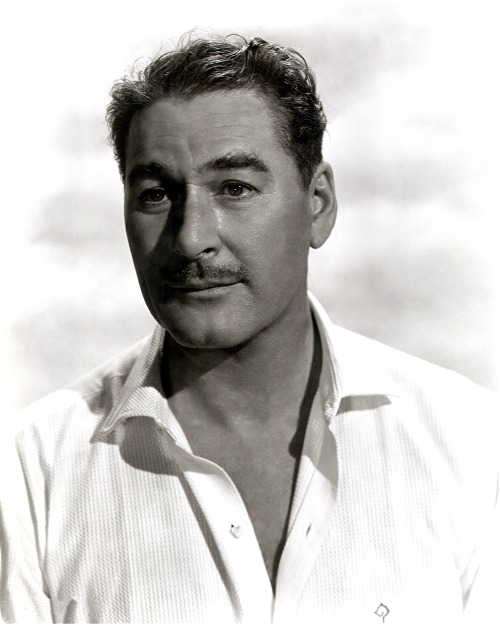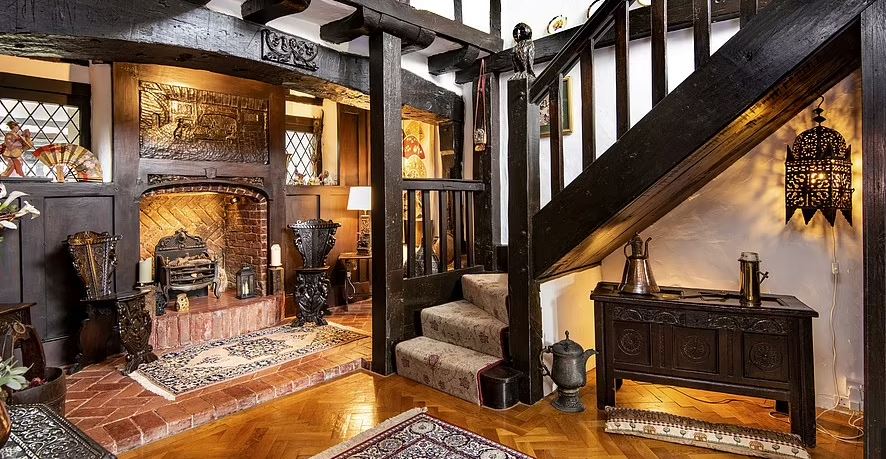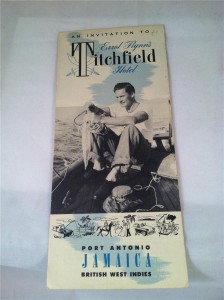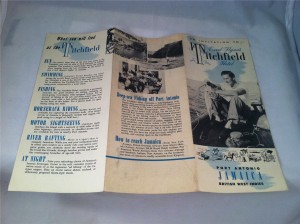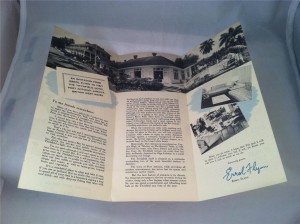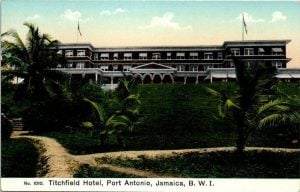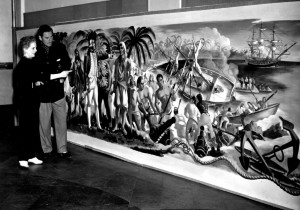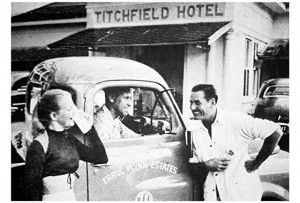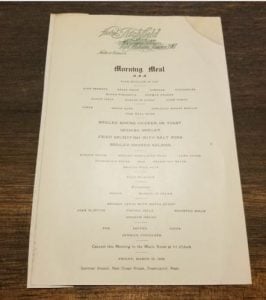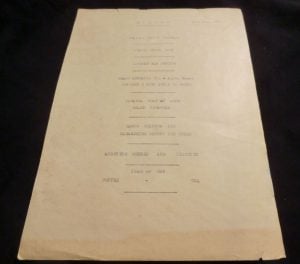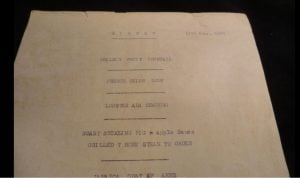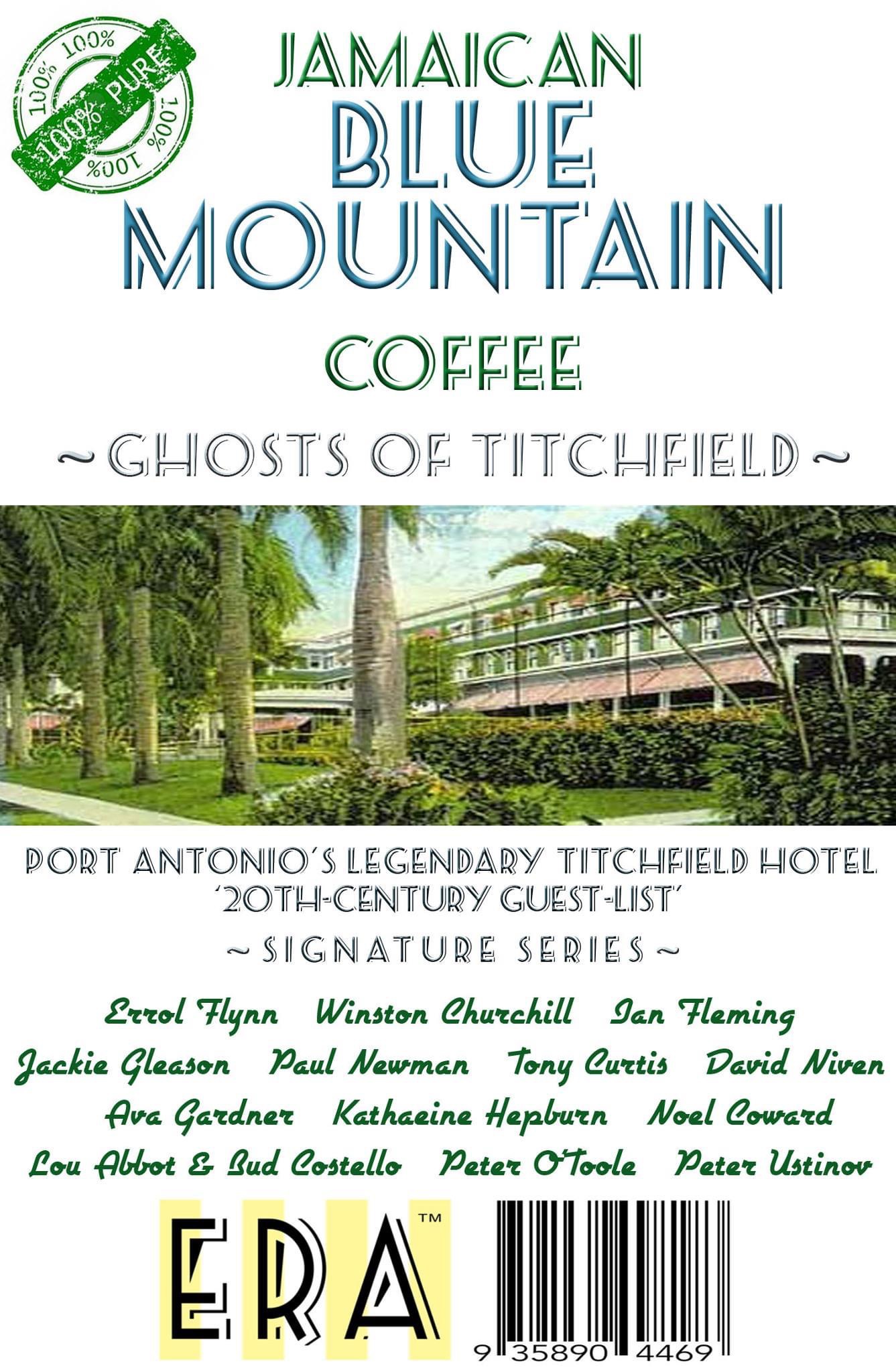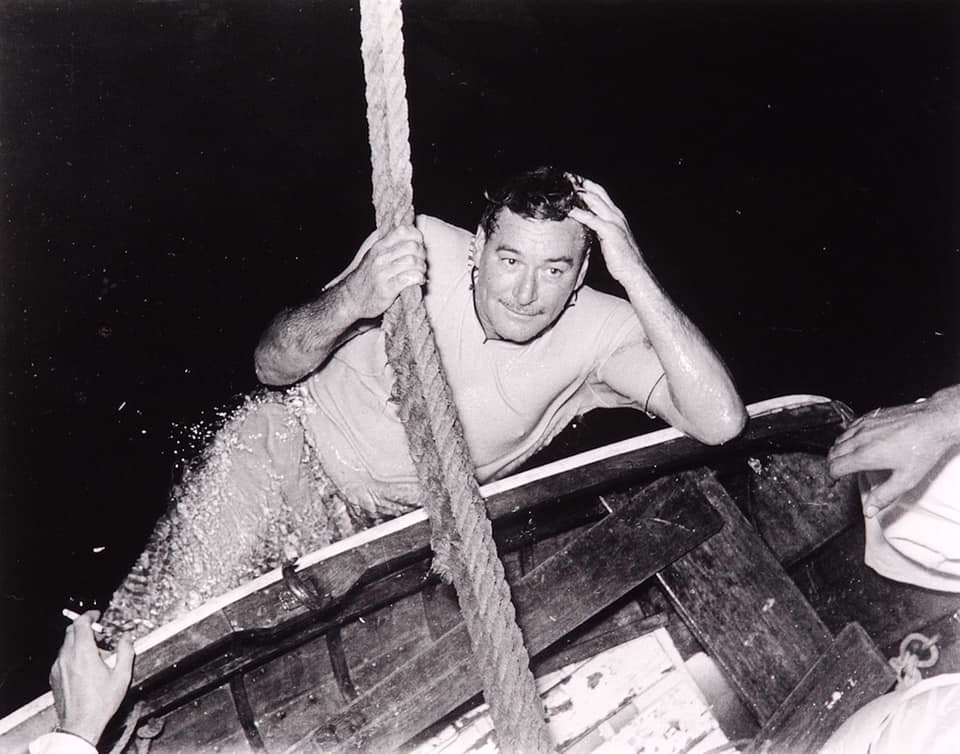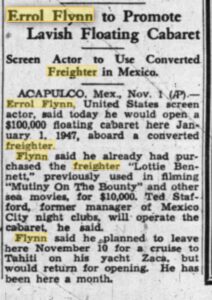In the current issue of the outstanding quarterly magazine Films Of The Golden Age, issue number 105 Summer 2021, is an extensive article with actor, dancer, choreographer Christopher Riordan, who happily is still with us. He worked with many of Hollywood’s top stars in films, television, and behind the camera including Barbara Stanwyck, Fred Astaire, Elvis Pressley, Elizabeth Taylor, Montgomery Clift, Audrey Hepburn, Frank Sinatra, Nancy Sinatra and many others. Christopher Riordan said, “I did, at one point, I found myself working as a funeral consultant at Forest Lawn Cemetery! I was involved in several celebrity funerals. The first star I “buried” was Humphrey Bogart in 1957. He is interred in the “Garden Of Memory”, which is not open to the public. I also handled Franklin Pangborn’s funeral in 1958 and Errol Flynn’s in 1959. As for Errol’s funeral, I distinctly remember Patrice Wymore, Errol’s long estranged wife, coming up to me and requesting that Errol’s teenage girlfriend, Beverly Aadland, be barred!”
— Ralph Schiller


